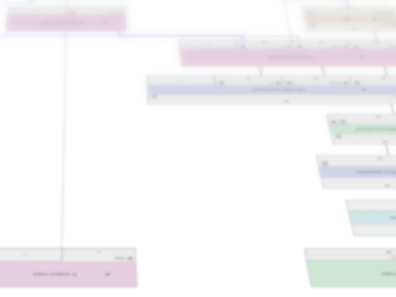Cryogels represent a class of porous sponge-like materials possessing unique properties including high-fidelity reproduction of tissue structure and maximized permeability. Their architecture is mainly based on an interconnected network of macropores that provides sufficient stability whilst allowing the movement of substances through the material. In most cryogel applications, the pore size is very important, especially when the material is used as a 3D scaffold for tissue culture, applied as a filter, or utilized as a membrane. In this study, poly(dimethylacrylamide-co-2-hydroxyethyl methacrylate) cryogels have been prepared by two preparation methods to investigate the reproducibility of homogeneous pore structures and pore sizes. Automated image analysis algorithms were developed to rapidly evaluate cryogel pore sizes based on scanning electron microscopy (SEM) images. The quantification approach contained a unique combination of classical and deep learning–based algorithms. To validate the accuracy of the two models, we compared the results obtained from automated SEM image analysis with those from manual pore size determinations and mercury intrusion porosimetry (MIP) measurements. Effect sizes were calculated to compare the results from manual and automated pore size measurements for the cryogel reproducibility series. 81% of the values obtained revealed only trivial differences which strongly suggests that automated image analysis can reliably substitute the manual evaluation of cryogel pore sizes. The use of an adapted reactor setup yielded cryogels with heterogeneous morphologies in the absence of recognizable pore structures. With the conventional cryogel preparation using plastic syringes, the obtained cryogels represented highly reproducible morphologies and pore sizes in the range between 17 µm and 22 µm. Calculated effect sizes within the cryogel replicate series revealed only trivial differences between the obtained pore sizes in 83.5% or 99.4% of the data (classical approach and deep learning-based approach, respectively).
3D-HyTracer
3D-HyTracer is an image analysis tool for automated tracing of fungal hyphae. It creates a low-memory and easily accessible spatial…
JIPipe
JIPipe introduces a visual programming language into ImageJ that allows the creation of pipelines by designing flow charts. This language…







